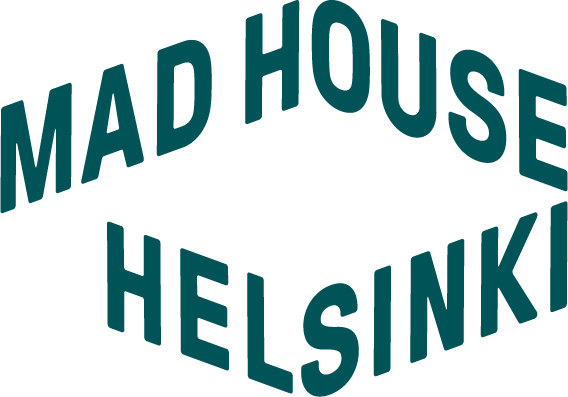Interview with Diana Soria Hernandez
We interviewed Diana Soria Hernandez, whose performance Ashes & Seeds - A Commemorative Performance will take place at Mad House on 25 and 31 October 2025.
Mad House: You are creating a performance that reflects on a tragedy that took place in Mexico 11 years ago. You have been working on this topic for a long time, and this work is part of a body of work. What has the process been like for you?
Diana Soria Hernandez: Some events awaken us, shape and stay with us in many ways, because of what they expose on a bigger scale and thanks to the endless work of activists that have been fighting throughout decades. This is a system in which many events are tightly connected. Ayotzinapa (the event you are referring to) was one of those events to me, it transformed me as it made me see and understand a bigger picture.
In 2014 I was a student and began working out of urgency, testing performance as a tool of activism. My intentions at that point were probably to raise awareness in Finland because of the outrage I felt, but I didn't have any clearer goals. As I insisted on working on this specific event from Mexico in Finland I experienced a constant sensation of failure. The massive social mobilizations that were taking place in Mexico made me feel I was missing out on a momentum of social change, of which I wanted to take part and it made me question my position and possibilities of working for it from Finland. How could I contribute? My questions then started to be more site specific and based on the translocation.
MH: What role do you think art can play when dealing with enormous collective emotions such as anger and frustration?
Diana: For me art-making is a way of processing, of asking questions, of trying and failing, of learning and testing who I am and who we are. So far my Finnish based art practice has not been dealing with giving comfort, actually more the opposite because I see comfort and safety as one of the main obstacles in acknowledging and empathizing with someone else's catastrophic situation. I have been developing as an artist in Finland since 2011 and my perception has been that people in Finland are not angry enough, are not disappointed or outraged enough, as if Finland would be so far away (in so many ways) that there would be some kind of immunity to the horrors of the world. Nevertheless this passive attitude of not recognizing itself as part of the whole picture is unsustainable and I think its becoming slowly evident. It is a system. I think that through the change of government and the ongoing genocide in Palestine, a small sector of Finnish society is starting to mobilize, but then again its a very small part and but understand that social changes are very slow.
My artwork in Finland is very different to the artwork I would do in Mexico, because as societies we need very different things, we are in different moments.
MH: How do you address in your work the relationship between these events and emotional labour and the current global situation and the terrible tragedy we are currently witnessing?
Diana: The only thing I can do is to work within my human scale and possibilities. Regarding my art practice, it's been a long time since I have decided it is not my duty to raise awareness of a particular issue or educate people, whenever I have tried something like this in the past, I found it fruitless. I can't stop asking the basic questions of what art can do? What is it for? What are its limits? I haven't found an answer to this, only more and more art process, so I work with what interests me, which are mainly political and body-based questions. I develop these and try different strategies to approach them.
For me anger is a positive attribute. A precious energy that can be a compass and fuel social movements. As an artist, an art consumer and a citizen, I am interested in what we do with collective anger and where does it go after a momentum, because I'm also aware that it's not sustainable to be permanently angry. But in a momentum like now, how can we cling to this anger and outrage to fight for transformation? These are my actual questions, I don't have answers. I think it's necessary that people understand that it is important to be angry, to not fear it or feel ashamed, quite the opposite, to hold it dear and to be empowered by it.
Read more about Ashes & Seeds - A Commemorative Performance.

